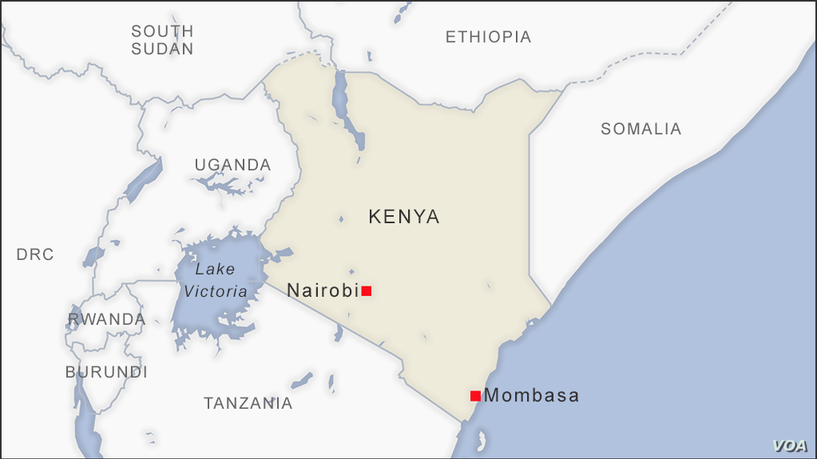Kenya’s Arid North Balances Conflict and Compassion in Cheetah Encounters

Nairobi — From confrontation to compassion, Kenya’s arid north continues to produce extraordinary stories of human-wildlife interaction — none more striking than those involving cheetahs in Wajir and Garissa.
The latest tale comes from Kursi village in Garissa County, where a woman won national admiration after it emerged she had raised an orphaned cheetah cub for nearly two years, feeding and caring for it as though it were her pet.
According to the Kenya Wildlife Service (KWS), the woman took in the stranded cub and cared for it until rangers intervened, retrieving the animal and transferring it to the Nairobi Safari Walk after a veterinary check.
“Through our Community and Wildlife Service Division, we learned of this extraordinary act of kindness,” KWS said in a statement on Thursday.
“While her intentions were noble, keeping wildlife — even out of love — is against the law, which protects animals and ensures their wellbeing in their natural habitats.”
The cheetah was found to be in good health and is now thriving under professional care. KWS thanked the woman for her compassion but urged Kenyans to report orphaned or injured wild animals to its offices instead of attempting to domesticate them.
Garissa woman stuns nation after raising orphaned cheetah for two years
The Garissa woman’s compassion stands in sharp contrast to an earlier episode nearly twelve years ago in neighbouring Wajir County, when villagers chased down and captured two cheetahs that had been attacking their goats.
A BBC Somali report in November 2013 indicated four villagers near Wajir town ran for several miles under the scorching sun until the exhausted cheetahs could no longer flee.
The men caught the animals alive and handed them over to KWS, but only after losing at least fifteen goats in repeated attacks.
“I need compensation because the cheetahs killed most of my goats,” one of the herders, Nur Osman Hassan, told the BBC Somali Service at the time.
The villagers’ decision to capture the predators alive was unusual — and reflected both the economic desperation of livestock herders in Kenya’s arid north and their complex coexistence with wildlife. Livestock remains the economic lifeline of the Somali community in the region, and attacks by predators often ignite tension.
Taken together, the two stories — one of retribution, the other of rescue — reveal the deepening yet fragile relationship between people and wildlife in Kenya’s drylands.
While the Wajir men sought to protect their livelihoods, the Garissa woman embodied empathy born of proximity and understanding.
KWS has intensified community education programs and rapid-response operations to mitigate human-wildlife conflict in northern counties, where drought and dwindling prey push predators closer to settlements.
By Ghana: Public Expenditure Goes Electronic Effective Jan. 2026



